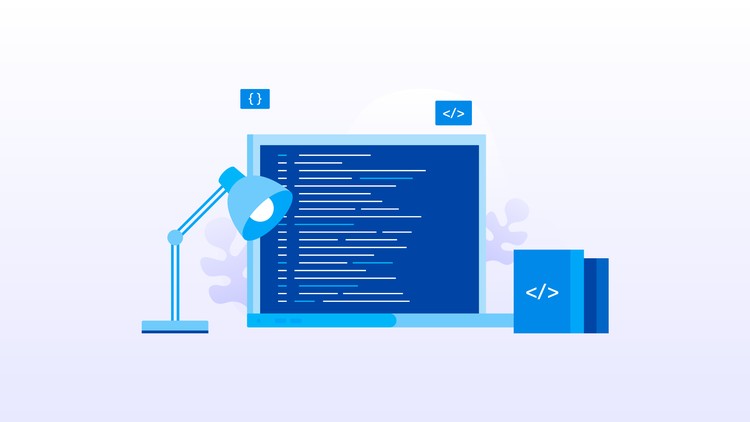About boilerplates
What is a boilerplate?
In computer programming, boilerplate code or boilerplate refers to sections of code that have to be included in many places with little or no alteration. It is often used when referring to languages that are considered verbose, i.e. the programmer must write a lot of code to do minimal jobs.
Most professional web developers have created a collection of assets and snippets of code that they reuse on projects to accelerate development. There are some universal or near universal patterns that all websites share in common. Rather than continuously rebuild these, most developers start by copying the code they used for a similar project and then start modifying it.
Boilerplates are similar to templates in the sense that they provide the elements needed to create the basis of a build.
Boilerplates commonly contain a range of file types associated with web builds, including HTML documents, basic CSS style sheets, essential JavaScript, placeholder images, and documentation on how to use what you've just downloaded.
Some developers recognize the value of these boilerplate starter templates and take the time to make the boilerplate more generic and share them online for others to use.
Boilerplate for smaller projects (Scaffolding)
These type of boilerplates are generally kind of “Starter Kits” or in professional way it is called “Scaffolding”. Their main target users are novice developers or new early adopters.
It focuses on fast prototyping by creating the elements which are necessary only for new projects. These require less functionality and are not scalable over time and project.
Their code structure is not much expanded, and doesn’t involve deeper abstraction layer as users only need to build core features. This eliminates the need for extra utilities.
TL;DR;
- Let’s assume your development stack consists of several libraries, such as React, Babel, Express, Jest, Webpack, etc.
- When you start a new project, you initialize all these libraries and configure them to work with each other.
- With every new project that you start, you will be repeating yourself. You could also introduce inconsistencies in how these libraries are set up in each project.
- A boilerplate is a template that you can clone and reuse for every project.
We can sum up that boilerplate code is a frame for your project. You can use it according to your requirement and conditions. In addition, when you are aware that many similar projects are piling on your table, a boilerplate can be a massive time saver.
Read more
